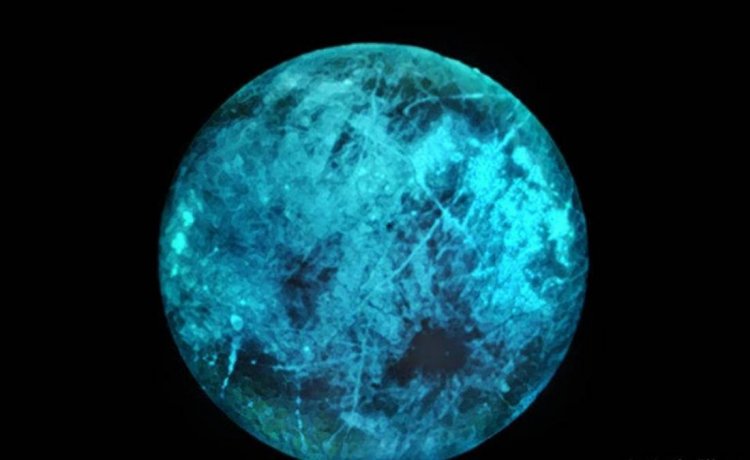New clues about Jupiter! Underwater snow reveals Jupiter's icy Moon as an ocean world mission!
New clues about Jupiter! Underwater snow reveals Jupiter's icy Moon as an ocean world mission!
Updated on August 19, 2022 18:52 PM by Dhinesh
Icy Moon of Jupiter!
Europa's surface is made of water ice and reflects 5.5 times the sunlight than our Moon. Europa orbits Jupiter at about 417,000 miles from the planet, which itself orbits the Sun at a distance of roughly 500 million miles or 5.2 astronomical units.

Europa's Jupiter's icy Moon is an ocean world encased beneath a thick ice crust in a place where snow floats upward. As per the new research, underwater snow forms in the global ocean and travels through the water to attach to submerged ravines and inverted ice peaks. This phenomenon takes place below ice shelves on Earth.
Related: Bizarre Underwater Snow Gives Clues About the Icy Shell of Jupiter’s Moon Europa
Jupiter's Moon, Europa, may have water where life could exist. The three icy moons are thought to harbor internal liquid water oceans and so central to understanding the habitability of icy words. Subterranean pools of salty water may be commonplace on Jupiter’s Moon; Europa, as the researchers believe the sites could be bright spots to search for signs of life beyond Earth.
Europa Ice shell!
Scientists thought Europa's ice shell might not be salty. The salt content of the ice crust is vital when engineers work on assembling NASA's Europa Clipper spacecraft in October 2024, preparing to launch to Europa. Europa Clipper uses ice-penetrating radar to look beneath the shell and determine whether the Moon's ocean is potentially habitable for life. The salt within the ice shell could impact the radar deep and penetrate through it.
Europa's ice shell is thick, between 10 and 15.5 miles, and sits on the top of an ocean estimated to be 40 to 90 miles deep. Europa was exploring the salinity and composition of the ocean because the thing that will govern the potential habitability or the type of life that live there. Europa's ocean, near its shell, has a temperature, pressure, and salinity similar to Antarctica's water beneath ice shelves.
Related: missions-draw-closer.621462/">Underwater snow reveals new clues about Europa as ocean world missions draw closerAdd Block
Two methods of water freezing!
The researchers found two methods for water freezing beneath ice shelves on Earth. It includes Congelation ice and frazil ice. Congelation ice forms on the bottom of an established ice cover, forming platelets that coalesce to form solid ice. Frazil ice is a collection of loose, randomly oriented ice crystals with various shapes of fickle nature. This ice forms during winter in open-water reaches of rivers, lakes, and reservoirs.
Difference between the two methods!
Congelation ice grows beneath the ice shelf where the frazil ice drifts up through super chilled seawater in flakes before settling beneath the ice shelf. These two results in ice with less salinity than seawater. Frazil ice is the most common type on Europa, making the ice shell purer.
Frazil ice preserves a tiny fraction of the salt in seawater, where the purity of the shell impacts its strength and ice tectonics through the shell.
Also, Read: Venus and Jupiter will appear to collide nearly in the night sky this week!
Habitability of Europa!
The exchange of impurities between the ice and the ocean can determine where the water is. The Europa Clipper Spacecraft work is underway at the Spacecraft Assembly Facility at NASA’s Jet Propulsion Laboratory. The core is about 10 feet tall and 5 feet wide, taking center stage in the clean room. NASA teams have assembled spacecraft like Galileo, Cassini, and the Mars rovers.
The engineers put the spacecraft through a series of tests during the launch. In April 2030, Europa Clipper will arrive at the Jovian Moon. After nearly 50 planned flybys of Europa, the spacecraft will eventually transition from an altitude of 1700 miles to just 16 miles above the Moon's surface.





